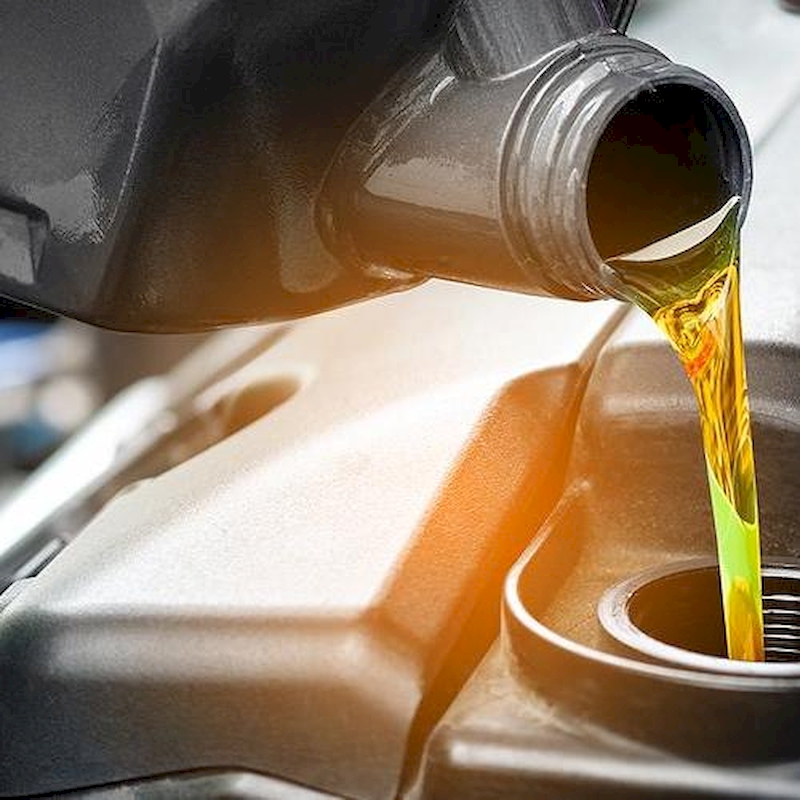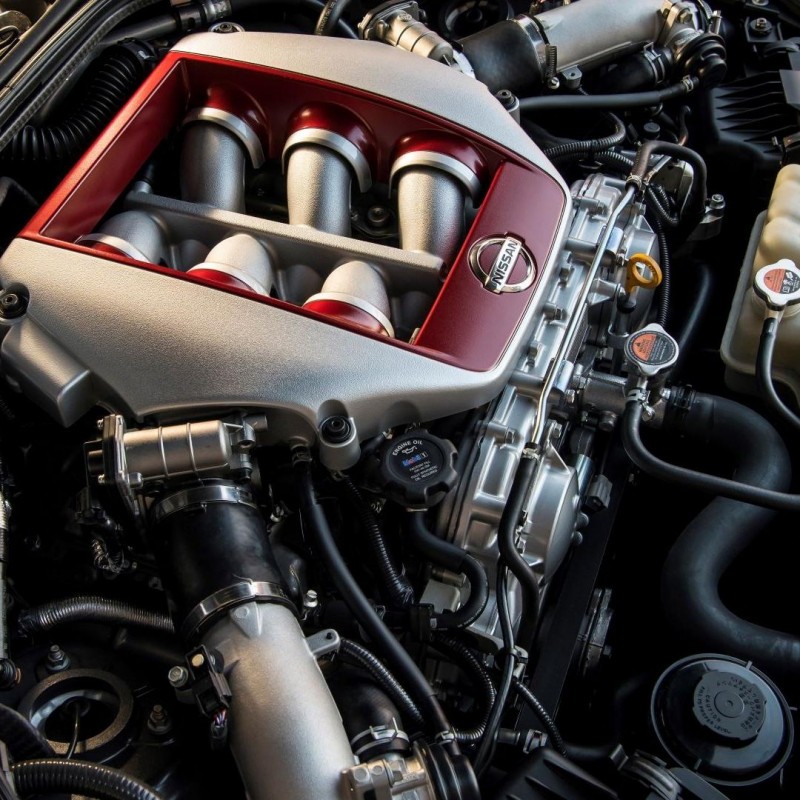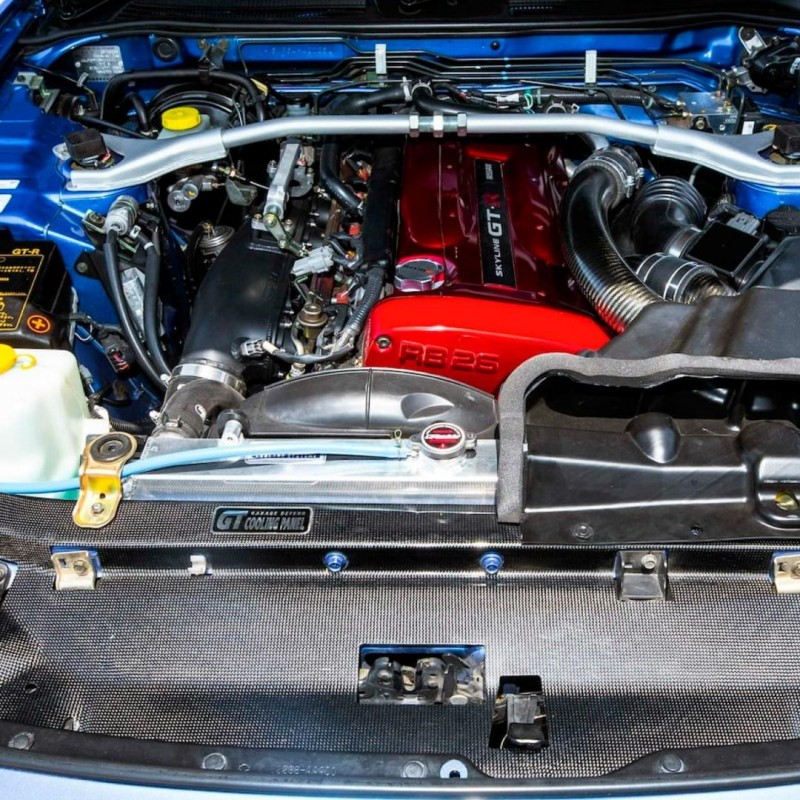Engine mounts play a crucial role in the overall operation of a vehicle. They serve as the connection point between the engine and the vehicle’s frame, providing stability while absorbing vibrations and minimizing noise. Understanding what are engine mounts and their functionality is essential for both car owners and enthusiasts. A well-functioning engine mount ensures that the engine remains securely anchored in place, allowing it to operate efficiently under various conditions. This article will explore the various types of engine mount, their construction, how they function, symptoms of wear and tear, how to replace them, and their importance in maintaining vehicle performance and safety. By the end of this comprehensive guide, you will have a thorough understanding of engine mounts and the role they play in your vehicle’s performance.
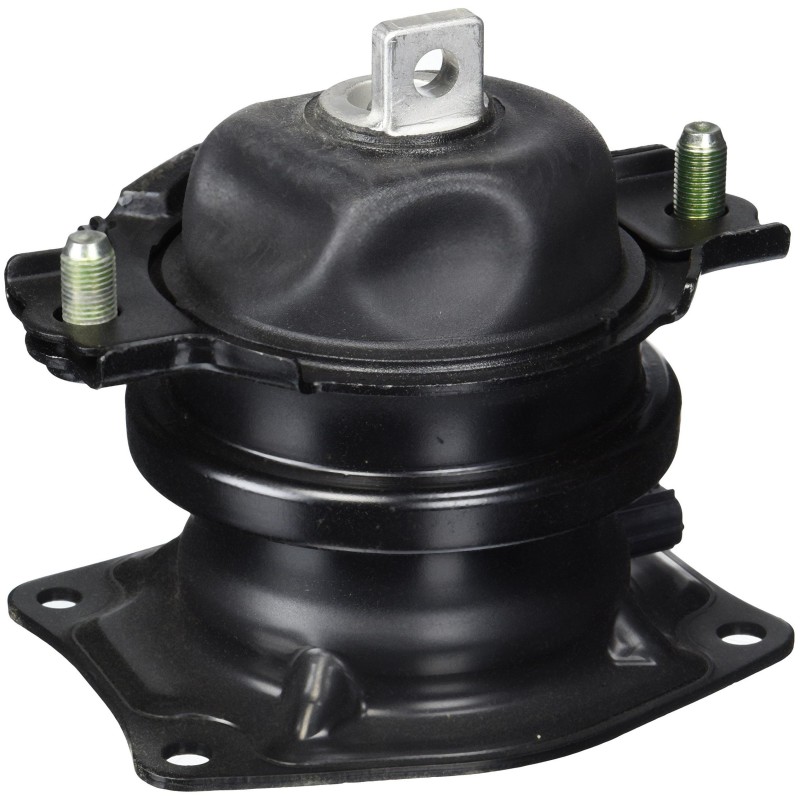
The Basics of Engine Mounts
To understand what are engine mounts, let’s first examine their basic structure and purpose. Engine mounts are typically made from a combination of metal and rubber materials that support the engine’s weight while isolating vibrations. Most vehicles have three to four engine mount strategically located around the engine and transmission. The primary functions of engine mounts include:
- Stability: They keep the engine securely attached to the vehicle’s chassis, preventing excessive movement during operation.
- Vibration Dampening: Engine mount reduce the vibrations produced by the engine while running. This not only enhances driver comfort but also helps protect other components and the vehicle structure from damage.
- Alignment: They help align various engine components, such as the transmission and drive shaft, ensuring smooth operation.
Understanding these fundamental aspects highlights why engine mount are integral to vehicle performance and longevity.
Types of Engine Mounts
Engine mounts come in various types, each designed for specific applications and performance characteristics. Here are some common types of engine mounts:
- Rubber Engine Mounts: These are the most common type found in vehicles. Made from a combination of rubber and metal, they provide excellent vibration dampening while being cost-effective. They are typically used in standard passenger vehicles.
- Hydraulic Engine Mounts: Hydraulic mounts contain fluid-filled chambers that provide enhanced vibration isolation and noise reduction. They adapt to engine movements better than rubber mounts, making them suitable for performance vehicles and luxury cars.
- Polyurethane Engine Mounts: These mounts use polyurethane instead of rubber, offering more durability and performance under higher stress conditions. They are often used in racing or modified vehicles.
- Solid Engine Mounts: Solid mounts do not use any rubber or fluid. They are designed to hold the engine firmly in place, providing maximum stability. However, these mounts can transmit more vibrations to the chassis, making them ideal for racing environments rather than everyday use.
- Active Engine Mounts: This innovative technology utilizes sensors and electronic components to adjust the mount’s stiffness based on driving conditions or engine load. While they can be more expensive, they provide a superior riding experience by actively reducing vibrations.
Understanding the different types of engine mounts can help vehicle owners choose the appropriate option based on their vehicle type and driving style.
How Engine Mounts Work
Now that you know what are engine mounts, let’s delve into how they work in conjunction with various components of a vehicle. Engine mount play an essential role in stabilizing the engine while allowing for necessary movement during operation. Here is a simplified explanation of their functionality:
- Connection Point: Engine mount serve as the connection between the engine and the vehicle’s subframe. They are designed to absorb and manage the weight of the engine while supporting its operation.
- Vibration Isolation: When the engine runs, it produces vibrations due to combustion and mechanical operation. Engine mount, especially rubber and hydraulic varieties, absorb these vibrations before they transfer to the chassis. This isolation is vital for providing a comfortable driving experience.
- Engine Movement: While engine mount stabilize the engine, they also allow for limited movement. As the engine operates, especially during acceleration or deceleration, it may shift slightly. Engine mounts accommodate this motion, preventing damage to other components.
- Noise Reduction: By dampening vibrations and isolating noise, engine mouns contribute to a quieter ride. This feature is particularly important in luxury vehicles, where interior comfort is a priority.
Understanding how engine mount function elucidates their vital role in maintaining a vehicle’s overall performance and driver experience.
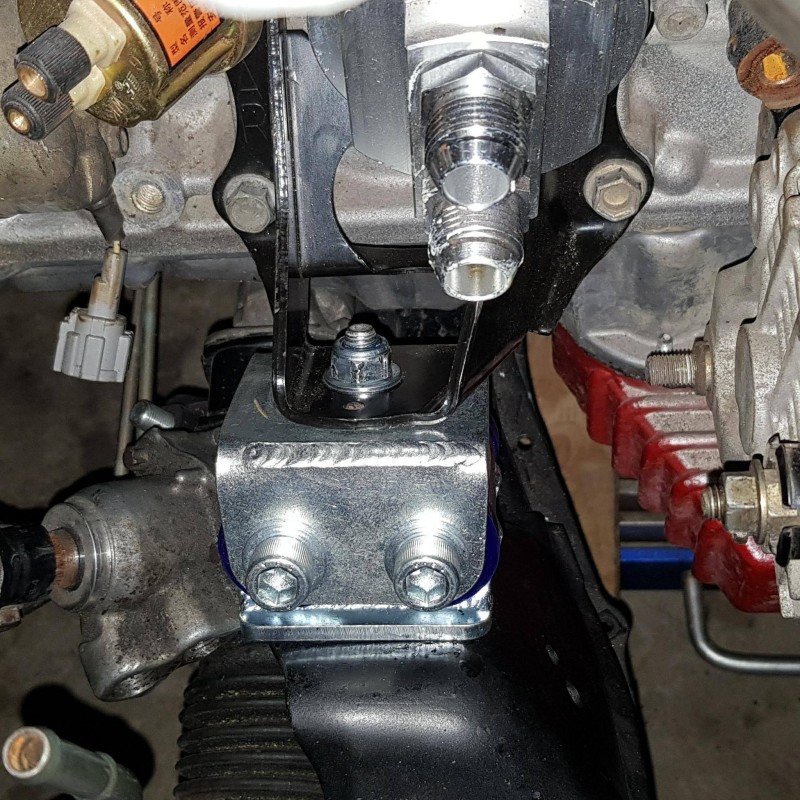
Symptoms of Worn Engine Mounts
Like many automotive components, engine mount can wear out over time. Recognizing the signs of worn engine mount is crucial for timely repairs and maintaining vehicle safety. Here are some common symptoms indicating potential issues with engine mount:
- Increased Vibrations: If you notice an increase in vibrations felt through the steering wheel or the vehicle’s body, it may indicate worn or damaged engine mount. This could manifest during acceleration or when driving over bumps.
- Engine Movement: Excessive engine movement or shifting, especially during acceleration or braking, can signal failing engine mount. If you observe the engine tilting or bouncing excessively, this requires immediate attention.
- Unusual Noises: A clunking or banging sound when shifting gears or accelerating can point to engine mount being in disrepair. These noises often occur as the engine moves excessively or comes into contact with other components.
- Misalignment: If components like the exhaust system or driveshaft appear misaligned, it may result from sagging engine mount. This misalignment can lead to further mechanical issues if not addressed.
- Dashboard Warning Lights: In some cases, a failing engine mount may cause your vehicle’s onboard diagnostic system to trigger warning lights. Make sure to investigate any engine-related alerts.
Recognizing these symptoms early can prevent further damage to your vehicle, ensuring safety and reliability during operation.
How to Replace Engine Mounts
When it comes time to replace engine mounts, understanding the process can save both time and expenses. Here is a brief overview of the steps involved in replacing engine mount:
- Gather Tools and Parts: Before beginning, gather the necessary tools such as wrenches, sockets, and a jack. Additionally, purchase the replacement engine mount specific to your vehicle.
- Prepare the Vehicle: Safely lift the vehicle and support it with jack stands to provide access to the engine mount. Ensure you are working in a well-ventilated area, and follow safety protocols.
- Remove the Engine Cover (if applicable): In some cases, you may need to remove the engine cover to access the mounts. Refer to your vehicle’s service manual for specific instructions.
- Unbolt the Old Mounts: Locate the engine mount and carefully unbolt them from the engine block and chassis. Be sure to support the engine securely using a jack or engine stand before removing the mounts.
- Install New Mounts: Position the new engine mount into place, ensuring proper alignment. Bolt them securely to both the engine and chassis, following the manufacturer’s torque specifications.
- Double-Check Everything: After installation, double-check that all components are correctly installed and that no tools or debris are left in the working area.
- Test Drive your Vehicle: Finally, take the vehicle for a test drive to ensure that the new mounts are functioning properly and that any previous symptoms have resolved.
Replacing engine mounts can be a manageable task for those with basic automotive knowledge, but consulting a professional mechanic is always a wise choice if uncertainties arise.
Importance of Engine Mounts for Vehicle Performance
Understanding what are engine mounts underscores the significant role they play in a vehicle’s overall performance. Here are some crucial reasons why maintaining healthy engine mount is essential:
- Enhanced Comfort: Properly functioning engine mount provide a comfortable ride by reducing vibrations and noise. This comfort is particularly important for daily drivers and those who spend considerable time on the road.
- Improved Engine Life: Engine mount prevent excessive movement and vibrations, helping to protect other engine components from premature wear. Maintaining the integrity of engine mount can lead to a longer lifespan for both the engine and surrounding parts.
- Safety Assurance: Loose or damaged engine mount can lead to critical safety issues, including the potential for engine failure during operation. Ensuring that engine mount remain in good condition is essential for safe driving.
- Cost-Effective Maintenance: Addressing engine mount wear early can save vehicle owners significant repair costs over time. Neglecting worn mounts can lead to damage of additional components, resulting in more extensive repairs.
Maintaining engine mount ensures a smooth driving experience, protects your automotive investment, and emphasizes the need for regular vehicle inspections and maintenance.
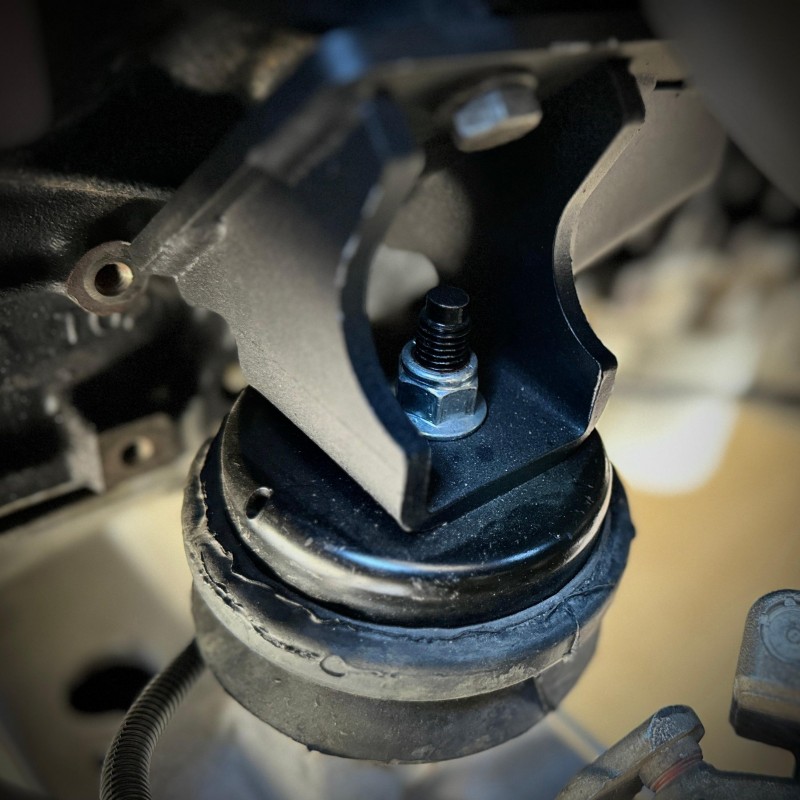
Conclusion
In conclusion, understanding what are engine mounts, their functions, types, and the importance of proper maintenance is vital for vehicle owners. Engine mount play a critical role in stabilizing the engine, reducing vibrations, and ensuring a comfortable riding experience. Recognizing the symptoms of worn mounts allows for timely resolution and helps in sustaining vehicle performance and safety. Whether you are considering replacement or simply performing routine maintenance, understanding engine mount will enhance your appreciation of automotive engineering. By ensuring that your engine mount are in optimal condition, you contribute to a more enjoyable driving experience and promote the longevity of your vehicle.
